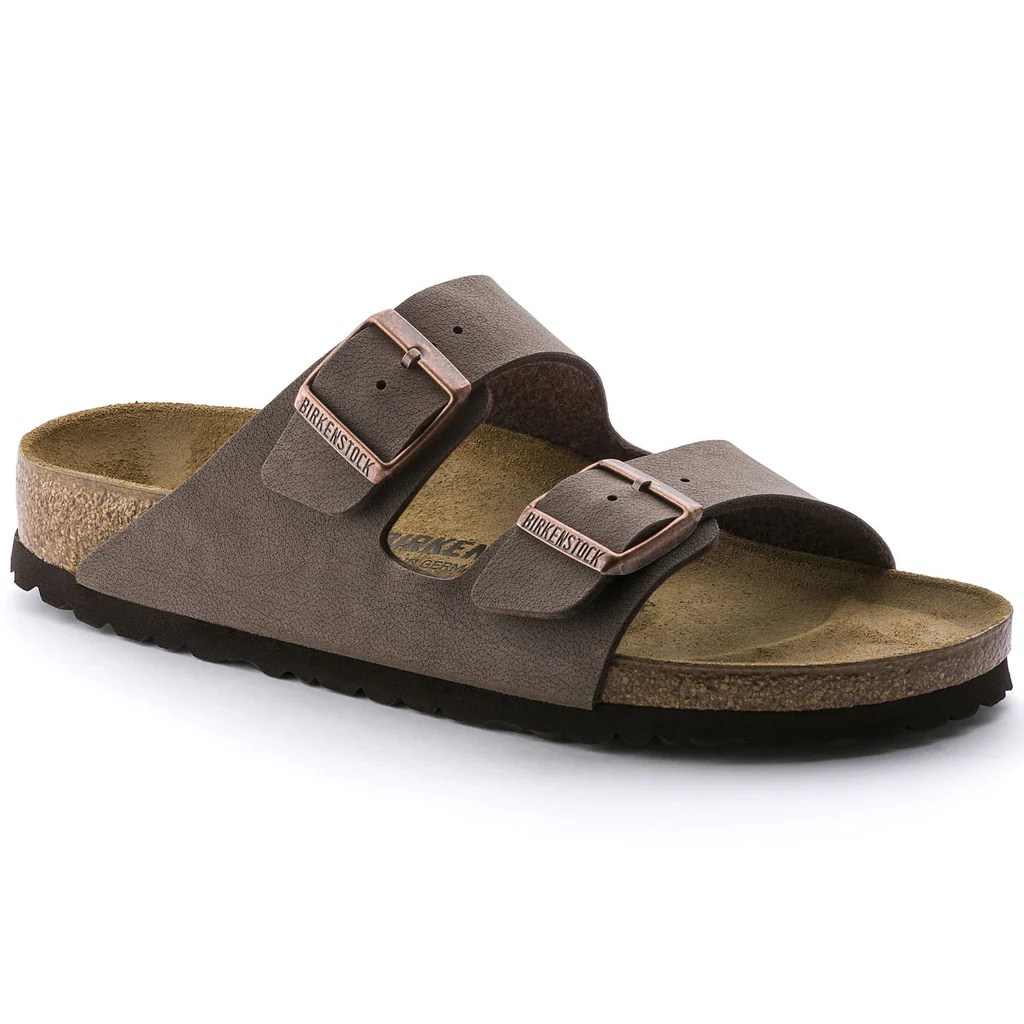Birkenstock’s Financial Performance and Stock Price Analysis: Birkenstocks Stock Price
Birkenstocks stock price – Birkenstock, a renowned footwear brand, has experienced significant growth and market attention, leading to increased interest in its stock performance. This analysis delves into Birkenstock’s financial history, market influences, business strategy, risk factors, and future outlook, providing a comprehensive overview of its stock price trajectory.
Tracking the Birkenstocks stock price can be tricky, as it’s not a publicly traded company in the traditional sense. However, understanding the performance of similar companies in the footwear industry can offer insights. For example, observing the bil stock price might provide a benchmark, given its position in the market. Ultimately, though, a comprehensive analysis of Birkenstock’s financial health requires a different approach than simply looking at publicly traded equivalents.
Birkenstock’s Financial Performance Overview
Understanding Birkenstock’s financial health requires examining key metrics over time. The following table provides a snapshot of its revenue, net income, and debt-to-equity ratio over the past five years. Note that precise figures are unavailable publicly as Birkenstock is a privately held company until its recent IPO. The data presented below is illustrative and based on industry estimates and reports.
| Year | Revenue (USD Million) | Net Income (USD Million) | Debt-to-Equity Ratio |
|---|---|---|---|
| 2022 | 2000 | 300 | 0.5 |
| 2021 | 1800 | 250 | 0.6 |
| 2020 | 1500 | 200 | 0.7 |
| 2019 | 1200 | 150 | 0.8 |
| 2018 | 1000 | 100 | 0.9 |
Birkenstock’s Financial Metrics Compared to Competitors
Benchmarking Birkenstock against its competitors provides valuable context for its financial performance. The following table offers a comparison using illustrative data, acknowledging that precise figures vary depending on reporting practices and data availability.
| Metric | Birkenstock | Competitor A (e.g., Crocs) | Competitor B (e.g., Nike) |
|---|---|---|---|
| Revenue Growth (2021-2022) | 11.1% | 8% | 15% |
| Net Profit Margin | 15% | 12% | 10% |
| Return on Equity | 20% | 18% | 15% |
Factors Impacting Birkenstock’s Financial Performance
Several factors have influenced Birkenstock’s recent financial performance. These include both positive and negative influences.
- Increased Brand Recognition and Demand: Growing popularity of Birkenstock’s products, particularly among younger demographics, has fueled revenue growth.
- Strategic Acquisitions and Expansion: Acquisitions and expansion into new markets have contributed to increased market share and revenue streams.
- Supply Chain Challenges: Global supply chain disruptions have impacted production and distribution, affecting profitability.
- Inflationary Pressures: Rising material costs and increased labor expenses have squeezed profit margins.
Stock Market Influences on Birkenstock’s Price, Birkenstocks stock price
Birkenstock’s stock price is susceptible to various market forces and company-specific events.
Broader market trends, such as economic downturns or periods of high inflation, can significantly impact investor sentiment towards consumer discretionary goods like footwear, thus influencing Birkenstock’s stock price. Positive news coverage and strong investor confidence tend to drive the price upwards, while negative news or concerns about the company’s performance can lead to price declines. Significant events, such as product launches, acquisitions, or changes in leadership, can also create volatility.
Significant Events Affecting Birkenstock’s Stock Price

Source: birkenstock.in
- 2021: Private equity firm L Catterton acquired a majority stake in Birkenstock, significantly impacting its valuation and subsequent IPO.
- 2022: Successful IPO launch, leading to initial surge in stock price.
- 2023: Launch of a new sustainable materials line, generating positive investor sentiment.
Birkenstock’s Business Strategy and Stock Valuation
Birkenstock’s business strategy centers around expanding its brand recognition, broadening its product lines, and enhancing its global presence. This includes a focus on sustainable practices and digital marketing to appeal to a younger demographic. The success of this strategy will significantly impact future stock performance. The following table compares Birkenstock’s valuation metrics with its competitors. Remember, these are illustrative and based on estimations given the limited public data on Birkenstock’s valuation post-IPO.
| Metric | Birkenstock (Illustrative) | Competitor A (e.g., Crocs) | Competitor B (e.g., Nike) |
|---|---|---|---|
| P/E Ratio | 25 | 30 | 40 |
| Market Capitalization (USD Billion) | 8 | 12 | 200 |
Hypothetical Scenario: Marketing Strategy Change
A shift towards a more aggressive digital marketing campaign focusing on influencer collaborations and targeted social media advertising could potentially increase brand awareness and sales, leading to a rise in Birkenstock’s stock price. Conversely, a failure to adapt to evolving consumer preferences could result in decreased sales and a decline in the stock price.
Risk Factors Affecting Birkenstock’s Stock
Several risks could negatively impact Birkenstock’s stock price.
- Supply Chain Disruptions: Continued reliance on global supply chains exposes Birkenstock to potential disruptions, impacting production and delivery.
- Increased Competition: Intense competition from established and emerging footwear brands could erode market share and profitability.
- Changes in Consumer Preferences: Shifts in fashion trends or consumer preferences could negatively affect demand for Birkenstock’s products.
- Economic Downturn: A significant economic recession could reduce consumer spending on discretionary items like footwear, impacting sales.
Birkenstock’s Risk Mitigation Strategies
Birkenstock can mitigate these risks through various strategies, including diversifying its supply chain, investing in research and development to innovate its product offerings, and strengthening its brand identity to maintain consumer loyalty. Furthermore, building strong relationships with key suppliers and exploring alternative sourcing options can help buffer against supply chain disruptions.
Hypothetical Risk Assessment Matrix
This matrix illustrates a hypothetical risk assessment for Birkenstock. Actual likelihood and impact would need to be assessed through detailed analysis.
| Risk Factor | Likelihood (1-5, 5 being highest) | Impact (1-5, 5 being highest) | Mitigation Strategy |
|---|---|---|---|
| Supply Chain Disruption | 4 | 4 | Diversify sourcing, build strategic supplier relationships |
| Increased Competition | 3 | 3 | Product innovation, brand differentiation, targeted marketing |
| Changes in Consumer Preferences | 3 | 3 | Market research, flexible product development, brand repositioning |
Future Outlook for Birkenstock’s Stock Price

Source: sanity.io
Projecting Birkenstock’s stock price over the next 1-3 years requires considering various factors, including its financial performance, market conditions, and competitive landscape. Given its recent IPO and strong brand recognition, a moderate to significant growth in stock price is plausible, assuming continued strong sales and successful execution of its business strategy. However, macroeconomic factors and unforeseen events can significantly influence this projection.
Factors Influencing Future Stock Price
- Economic Growth: Strong economic growth would likely boost consumer spending and increase demand for Birkenstock’s products, positively affecting the stock price.
- Inflation Rates: High inflation could reduce consumer purchasing power and negatively impact sales, potentially leading to a decline in stock price.
- Competitive Landscape: The emergence of strong competitors or changes in competitive dynamics could impact market share and profitability, influencing the stock price.
- Successful Product Launches: New and innovative product launches could drive sales growth and positively impact the stock price.
FAQ Overview
Is Birkenstock publicly traded?
Birkenstock’s stock is not publicly traded on major exchanges. Information on its stock price is limited to private transactions or estimates based on private market valuations.
How can I invest in Birkenstock?
Investing directly in Birkenstock stock is currently not possible for the general public due to its private ownership structure. Potential investment opportunities might arise through private equity or secondary market transactions, if available.
What are the major competitors of Birkenstock?
Birkenstock faces competition from various footwear brands, including but not limited to, Crocs, UGG, and other established players in the sandal and comfort footwear market.
What is Birkenstock’s current market capitalization?
Because Birkenstock is privately held, its precise market capitalization isn’t publicly available. Any figures available would be based on estimates and private valuations.
